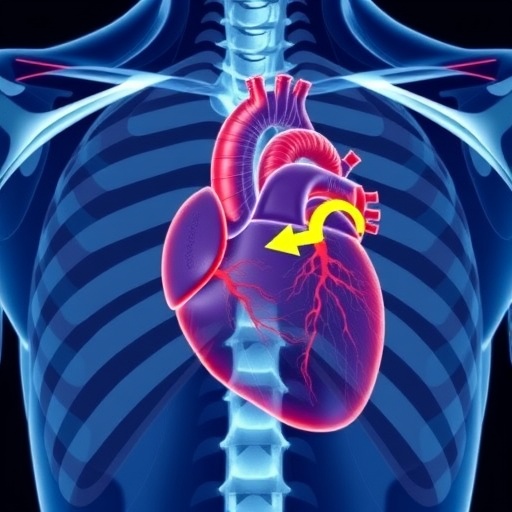Arctic sea ice in recent decades has declined even faster than predicted by most models of climate change. Many scientists have suspected that the trend now underway is a combination of global warming and natural climate variability.
A new study finds that a substantial chunk of summer sea ice loss in recent decades was due to natural variability in the atmosphere over the Arctic Ocean. The study, from the University of Washington, the University of California Santa Barbara and federal scientists, is published March 13 in Nature Climate Change.
"Anthropogenic forcing is still dominant — it's still the key player," said first author Qinghua Ding, a climate scientist at the University of California Santa Barbara who holds an affiliate position at the UW, where he began the work as a research scientist in the UW's Applied Physics Laboratory. "But we found that natural variability has helped to accelerate this melting, especially over the past 20 years."
The paper builds on previous work by Ding and other UW scientists that found changes in the tropical Pacific Ocean have in recent decades created a "hot spot" over Greenland and the Canadian Arctic that has boosted warming in that region.
The hot spot is a large region of higher pressure where air is squeezed together so it becomes warmer and can hold more moisture, both of which bring more heat to the sea ice below. The new paper focuses specifically on what this atmospheric circulation means for Arctic sea ice in September, when the ocean reaches its maximum area of open water.
"The idea that natural or internal variability has contributed substantially to the Arctic sea ice loss is not entirely new," said second author Axel Schweiger, a University of Washington polar scientist who tracks Arctic sea ice. "This study provides the mechanism and uses a new approach to illuminate the processes that are responsible for these changes."
Ding designed a new sea ice model experiment that combines forcing due to climate change with observed weather in recent decades. The model shows that a shift in wind patterns is responsible for about 60 percent of sea ice loss in the Arctic Ocean since 1979. Some of this shift is related to climate change, but the study finds that 30-50 percent of the observed sea ice loss since 1979 is due to natural variations in this large-scale atmospheric pattern.
"What we've found is that a good fraction of the decrease in September sea ice melt in the past several decades is most likely natural variability. That's not really a surprise," said co-author David Battisti, a UW professor of atmospheric sciences.
"The method is really innovative, and it nails down how much of the observed sea ice trend we've seen in recent decades in the Arctic is due to natural variability and how much is due to greenhouse gases."
The long-term natural variability is ultimately thought to be driven by the tropical Pacific Ocean. Conditions in the tropical Pacific set off ripple effects, and atmospheric waves snake around the globe to create areas of higher and lower air pressure.
Teasing apart the natural and human-caused parts of sea ice decline will help to predict future sea ice conditions in Arctic summer. Forecasting sea ice conditions is relevant for shipping, climate science, Arctic biology and even tourism. It also helps to understand why sea ice declines may be faster in some decades than others.
"In the long term, say 50 to 100 years, the natural internal variability will be overwhelmed by increasing greenhouse gases," Ding said. "But to predict what will happen in the next few decades, we need to understand both parts."
What will happen next is unknown. The tropical Pacific Ocean could stay in its current phase or it could enter an opposite phase, causing a low-pressure center to develop over Arctic seas that would temporarily slow the long-term loss of sea ice due to increased greenhouse gases.
"We are a long way from having skill in predicting natural variability on decadal time scales," Ding said.
###
The research was funded by NOAA, the National Science Foundation, NASA and the Tamaki Foundation. Other co-authors are Stephen Po-Chedley, Eduardo Blanchard-Wrigglesworth and Ryan Eastman in the UW's Department of Atmospheric Sciences; Eric Steig in the UW's Department of Earth and Space Sciences; and Michelle L'Heureux, Kristin Harnos and Qin Zhang at the National Oceanographic and Atmospheric Administration's Climate Prediction Center.
For more information, contact Ding at [email protected], Schweiger at 206-543-1312 or [email protected] and Battisti at 206-543-2019 or [email protected].
Media Contact
Hannah Hickey
[email protected]
206-543-2580
@UW
http://www.washington.edu/news/
############
Story Source: Materials provided by Scienmag





